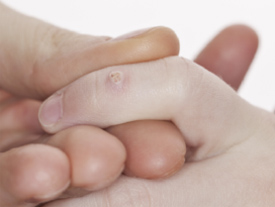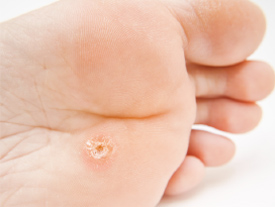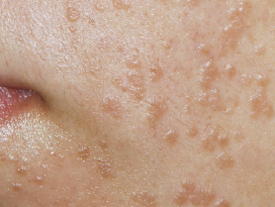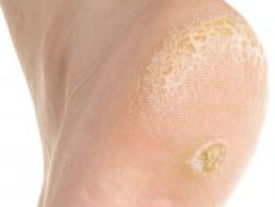What are you looking at in the pharmacy?
Warts and verrucas are common and most people will have one at least once in their lifetime. They are caused by the human papilloma virus (HPV) leading to an infection on the skin. The infection causes the skin to overgrow and thicken - this is how the wart forms. They are harmless but can be uncomfortable and unsightly.1
Warts are usually diagnosed by appearance - and they come in an array of different shapes and sizes. In the pharmacy it is important to be confident in recognising different skin ailments. Warts can be found anywhere on the body including soles of the feet (when they are known as verrucas), hands and the face. You may need to identify warts and verrucas in the pharmacy - do you know what you are looking for?
Below are 4 different types of wart that you should be aware of:

These are most common type of wart, they can be found anywhere on the body but are mainly seen on hands or feet. They look like raised growths on the skin and have a hard, uneven surface.

These are warts found on the soles of the feet. They often grow in clusters and can have tiny black dots in the middle of them.

Flat warts are most commonly found on the face and back of the hands. They are slightly raised, flat-topped, skin-coloured papules. They can sometimes be lighter or darker than the surrounding skin.

These are typically found on the hands or the soles of the feet. They are groups of tightly clustered plantar warts. Warts can be caused by self-infection, so warts already present can infect nearby areas, causing a larger collection of warts.
Job number: END-2019-0302 Date of preparation: July 2019
